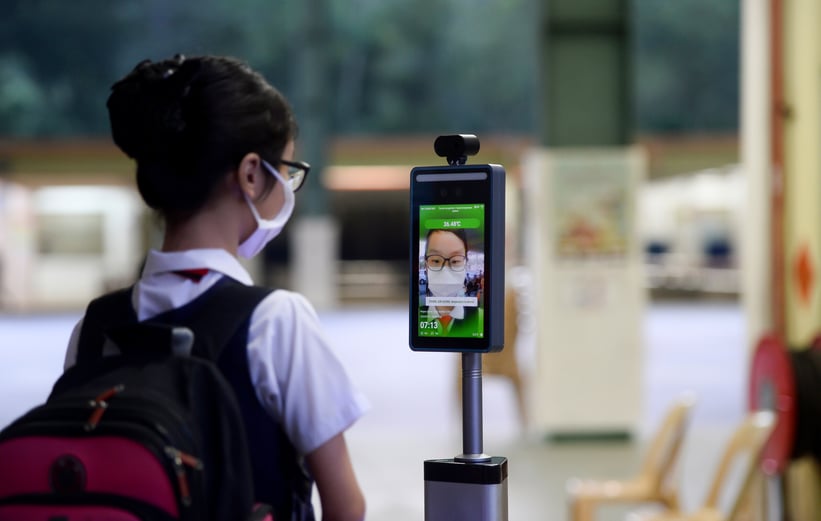 There has been a clear rise in localised outbreaks as many return to work and school, with factories hit particularly hard in recent months.
There has been a clear rise in localised outbreaks as many return to work and school, with factories hit particularly hard in recent months.
For example a sandwich-making factory in Northampton shutting down after 300 people were found to be Covid-19 positive; a Banham poultry factory with around 100 cases, and countless other similar situations across Britain as cases increase again. There have been multiple schools shutting down already following outbreaks, with hundreds of pupils self-isolating, so what can be done to support the return to some sort of normality?
On the 1st September the Food Standards Agency reported that around 40 food factories had active outbreaks in England, Wales and Northern Ireland and many of these were in meat plants. Scientists have confirmed that the virus can remain on surfaces longer in the cold, and to add to the challenge, in these types of factories it can be hard for workers to socially distance. It is also more likely that workers are potentially living together, and are not as keen to report symptoms because they need the work. Machinery can be loud, meaning workers have to shout, and crowded areas combined with busy production lines mean an increased likelihood of contamination. As a result, meat plants as well as other factories have seen a rise in outbreaks that have led to complete shutdowns of production and activity – detrimental to business operations.
For schools, the risks involved are clear, as pupils from individual households are mixing for long hours, with the temptation to relax social distancing and mask protocols around friends meaning the virus can spread more easily. Furthermore, with many communal areas and changes of rooms involved, surfaces can be easily contaminated in multiple locations and spread from room to room by different students. Not only that, but public transport or shared buses to and from school are another potential contamination ground for the virus to spread between year groups and different divisions of the schools.
Combating the virus from the beginning
Temperature checks and monitoring strive to act as early detection methods of possible Covid-19 cases to prevent these flare-ups of the virus from starting. Thermal imaging can be used to measure temperature whilst also being discreet where needed, and help to provide employees, customers and pupils with a greater level of confidence and safety. For those with temperatures over the thresholds, they can be referred to self-isolation or a test where applicable, and with the simple aim to limit the spread to other people as much as possible.
For schools and factories, where often there is a large influx of people at one time, cameras can be calibrated to detect multiple temperatures at one time, for instance at the main entranceway. Screening terminals are plug and play, and can be set up quickly and easily to provide instant reassurance for those attending the facility, and in the case of schools, reassurance for parents too. Systems can also offer facemask detection and even be expanded to allow remote camera viewing for those entrances that cannot be manned all the time.
There are multiple solutions available, but the key aspect is the ability to deploy solutions quickly and easily, and importantly without the need for third party installation on site – further reducing any potential contamination. After all, for schools, factories and other businesses, time is of the essence so speed and ease of deployment is critical. Providing this immediate automated screening allows sites to open and operate safely.
With temperature monitoring so affordable and the continued rise in cases, decision-makers need to start implementing this technology, before they face the same fate as the countless establishments that have already had to shut down before they could even get started properly again.
Getting the nation back to work to get the economy moving again whilst also protecting staff and other individuals is going to take a combination of testing, social distancing and early detection of symptoms. Temperature detection clearly plays a crucial role, and those who have already deployed systems are seeing the benefits today. Ahead of a likely second wave as the Winter months approach, it’s more critical now than ever to implement safeguarding solutions for continuity of service and peace of mind.




